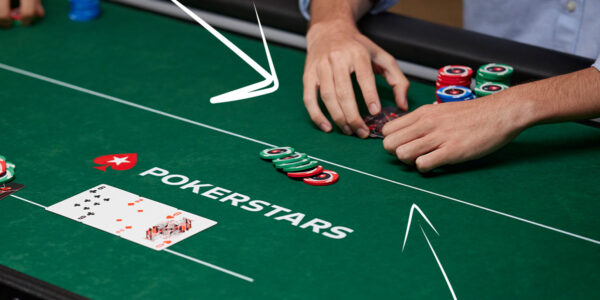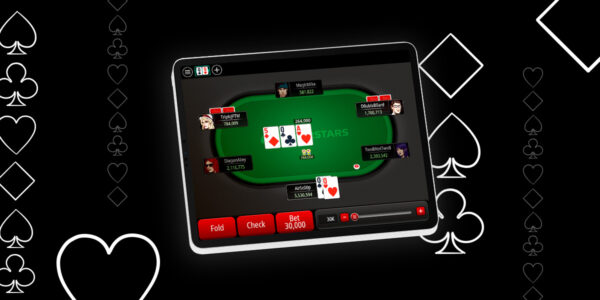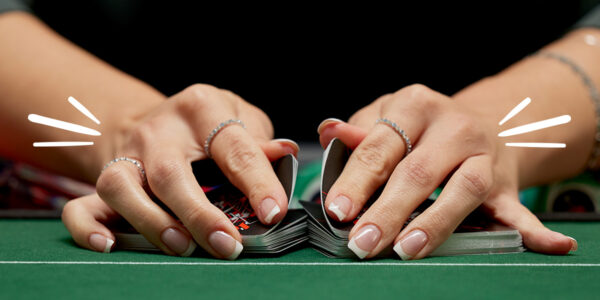Be Careful With Small Pocket Pairs
In this poker strategy article we look at some tips to consider that may help improve your play with small pocket pairs.
Everyone likes playing small pocket pairs in NLHE. The prospect of flopping a set with them is enticing. And these hands should be easy to play in many situations as well… when we hold a small pair, on the flop we will either have a very strong hand (when we hit) or a very weak one. And yet people tend to struggle with these holdings.
Make sure you have realizable implied odds when calling a raise to set mine
The odds are about 8-1 against us flopping a set. We need more than 8-1 in implied odds though to account for the times we flop our set and don’t get paid, or the times we flop it and still lose. A reasonable general guideline is 15-1. Implied odds are what we can expect to win in total including future betting rounds should we make our hand. So if the blinds are 10-20 and there’s a raise to 100, we would like to win, on average, at least 1500 to make our 100 chip call profitable long term when set-mining (calling solely to try and flop a set). There is 130 in the pot now with the opener’s raise + the blinds. So we would be looking to reasonably pick up 1370 more post flop. If the opponent only has 850 chips left, the implied odds aren’t there; they just don’t have enough to provide them, so we can’t profitably call. Also, notice the word realizable. If our opponent has 3000 chips behind but is a tight, scared nit who hates playing big pots without a monster, we may have a problem. There are enough chips to provide the implied odds, but the opponent will be loath to give them up. Should we hit our set, we may have a hard time realizing those implied odds often enough to make our initial call worthwhile.
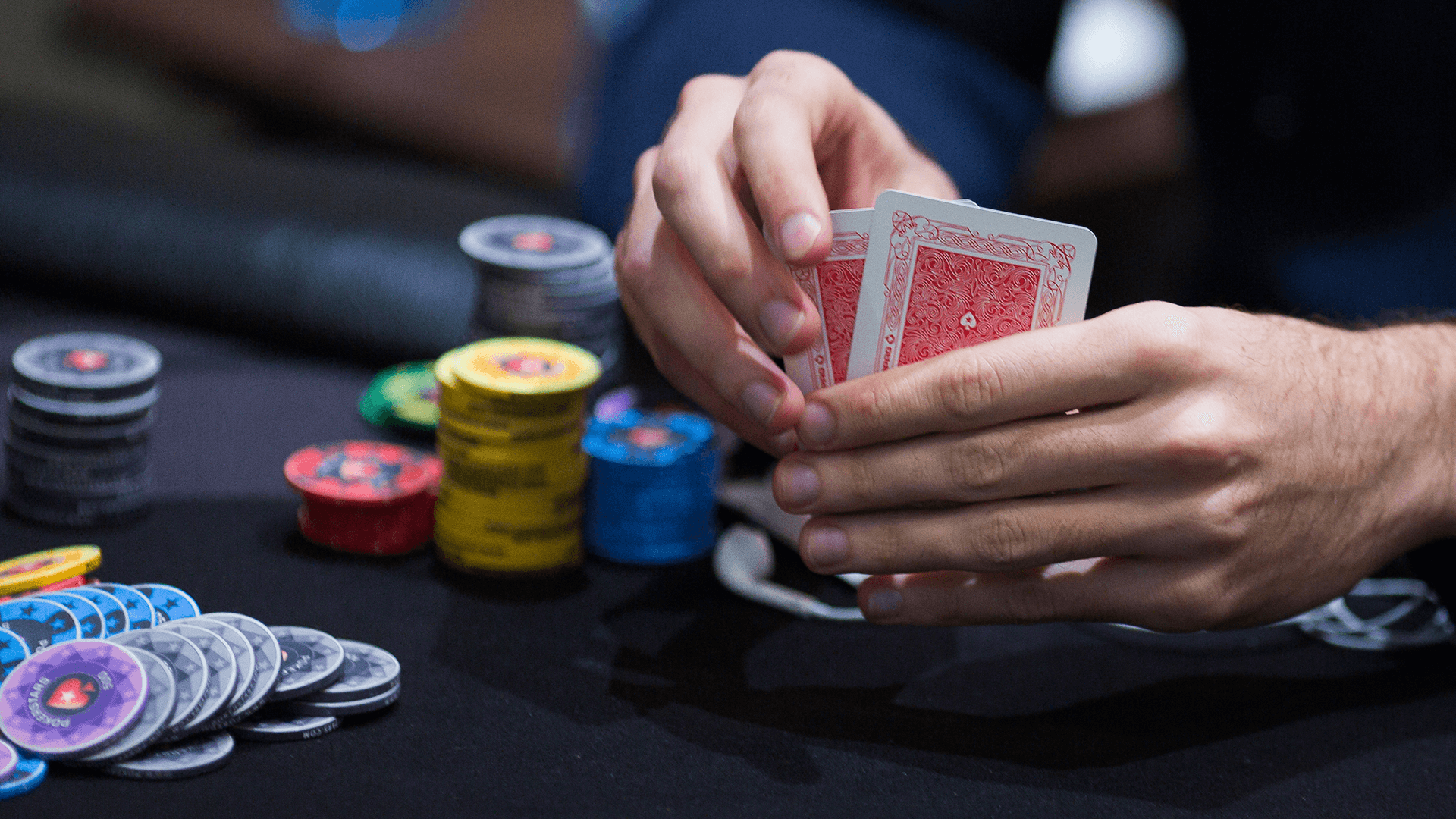
Fold them in Early Position at Full Tables
Whether it be cash games or tournaments, at a full 9 handed table small pockets are very difficult to play profitably against all but the softest of lineups. Let’s say you bring in your pair for a raise from UTG. You may get 1, 2, 3 or even more callers. 7 times out of 8, you are going to miss the flop and wind up with a very marginal hand, out of position. Even professionals don’t make money with marginal hands out of position. What if someone 3-bets your open raise? How do you defend against that? 4-betting a small pair is generally poor because you’re overplaying your hand strength and don’t block any strong hands in the 3-bettors range. Calling is ugly… now you are playing a bloated pot out of position without the betting initiative, with a hand that will flop weakly 7/8 times. So you probably should fold to this action frequently. Maybe we could try limping with them in EP then?
In today’s game, we will probably face an isolation raise quite a bit. We can call now if we have proper implied odds to try and flop a set, and we often will have those odds, but that leads to more problems. At the risk of being repetitive, we will be out of position without initiative and with a weak hand 7/8 times on the flop. This is not a formula for making money at poker. What about when we do flop our set? We better hope the raiser is a poor player because limp/calling pre then springing to life post flop with a big bet or raise is a fairly typical fish action for small pairs that hit sets. People don’t have too hard a time getting away from us, making the realization of our implied odds more difficult to do. In general, any time it’s really hard to figure out a solid plan for how we will make money playing a hand, it’s a reasonable idea to just fold it preflop and move on.
Consider ranges fairly when considering calling a shove with a small pair
How many times have you seen someone call a 15bb shove with 22 saying “I put you on AK”? I always find the ridiculousness of this to be amusing when it happens. The reality is, the player shoving has a range of hands, of which AK is one part. So is AA and other pocket pairs. Sure, they have more overcard combinations besides AK as well. But if we are calling them with 22, we are doing so in a situation where we are always flipping (vs overcards) or are a 4-1 underdog vs the overpairs. Let’s say for example the player is shoving a range like this: 22+,A2s+,KTs+,QTs+,JTs,A9o+,KQo. Against AKo, pocket 2’s are a 52.6% equity favourite, the good side of a flip. Against that range as a whole however, 22 only has 40% equity. Gross generalizations like “I put you on AK” that leads to 12.5% equity differences will cause a lot of mistakes. Incidentally, if we had 66 instead of 22, that would be much better for us. On the surface novice players don’t see this difference; both are “small pairs”. But the difference is real. While 22 dominates nothing in the shover’s range except A2s, the sixes dominate a number of hands, A2s-A6s, 22-55. That’s good for a full 10% equity boost and a true “flip” with the 66 having 49.8% equity. 77 has 52%. There are certain circumstances where you will have the proper price to call a short stack shove with any pair, but the bigger the shove, the less those baby pairs become good calls. Consider the ranges and situation fairly and you may start finding some folds in spots weaker players just call without thinking.
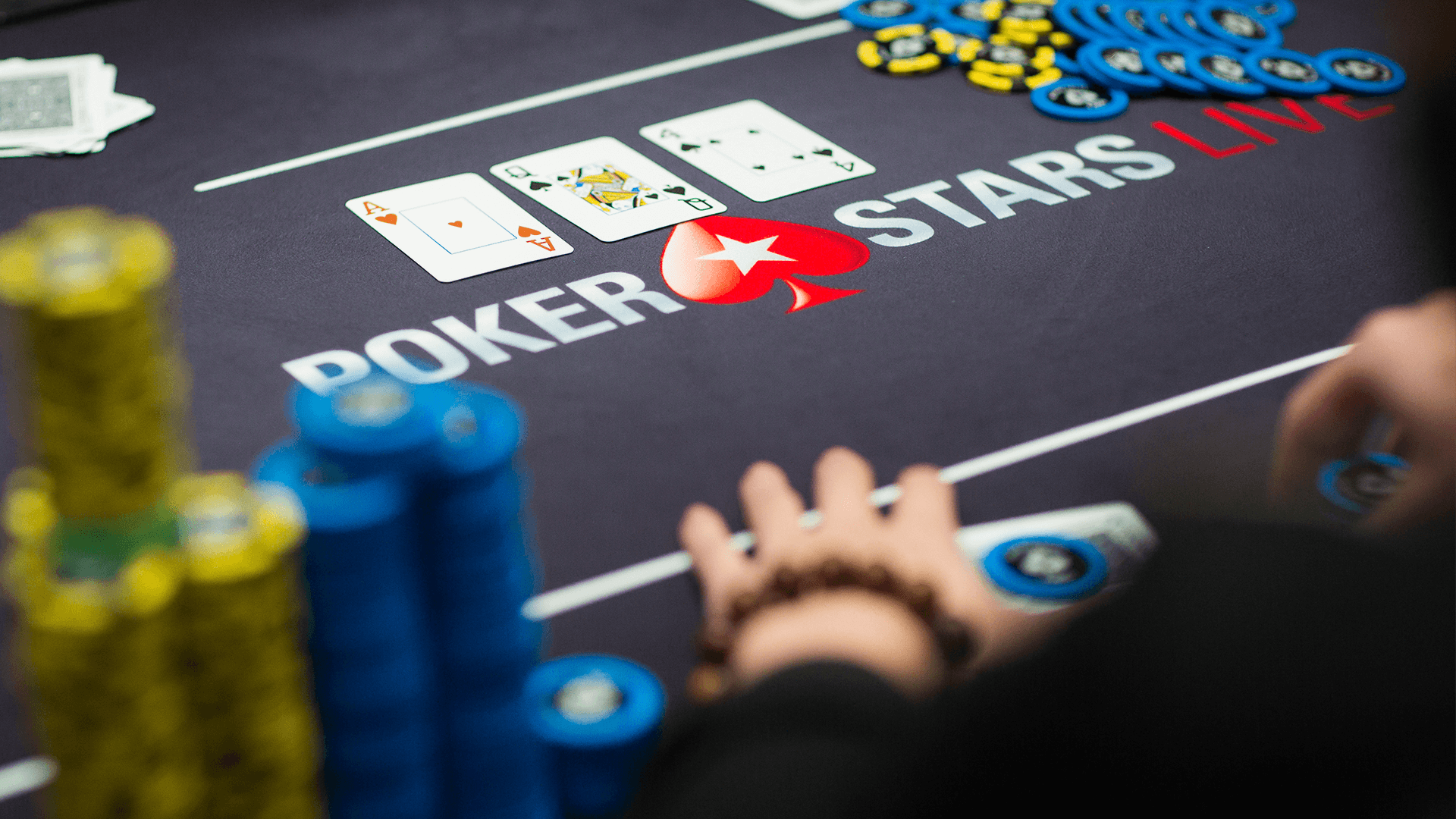
Small pocket pairs should be relatively easy to play given their nature to flop really strong or really weak in general. It’s the medium strength hands that should be tricky! So when people have trouble with small pocket pairs why is that? If you review your own play, you will likely find that most of your problems with these hands stem from playing them with improper odds and/or from out of position. Work on fixing these leaks and you will likely see your results from these hands soar.
Condimentum Nibh
Donec sed odio dui. Cras mattis consectetur purus sit amet fermentum. Vestibulum id ligula porta felis euismod semper. Curabitur blandit tempus porttitor.



